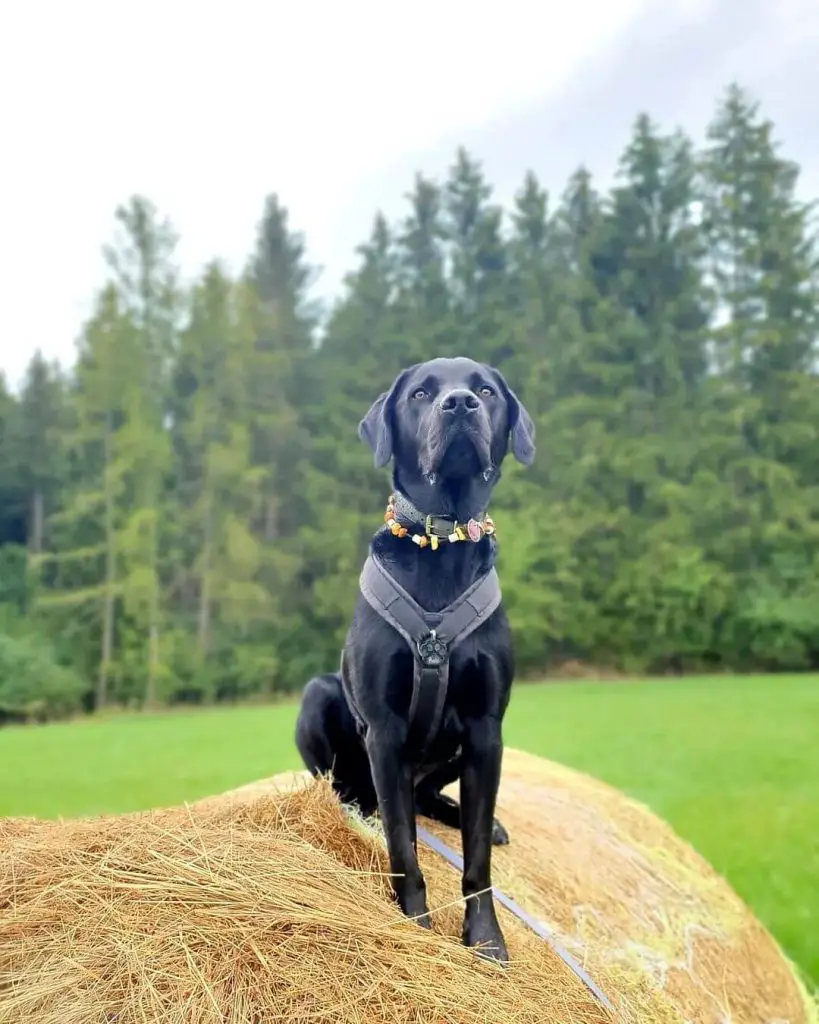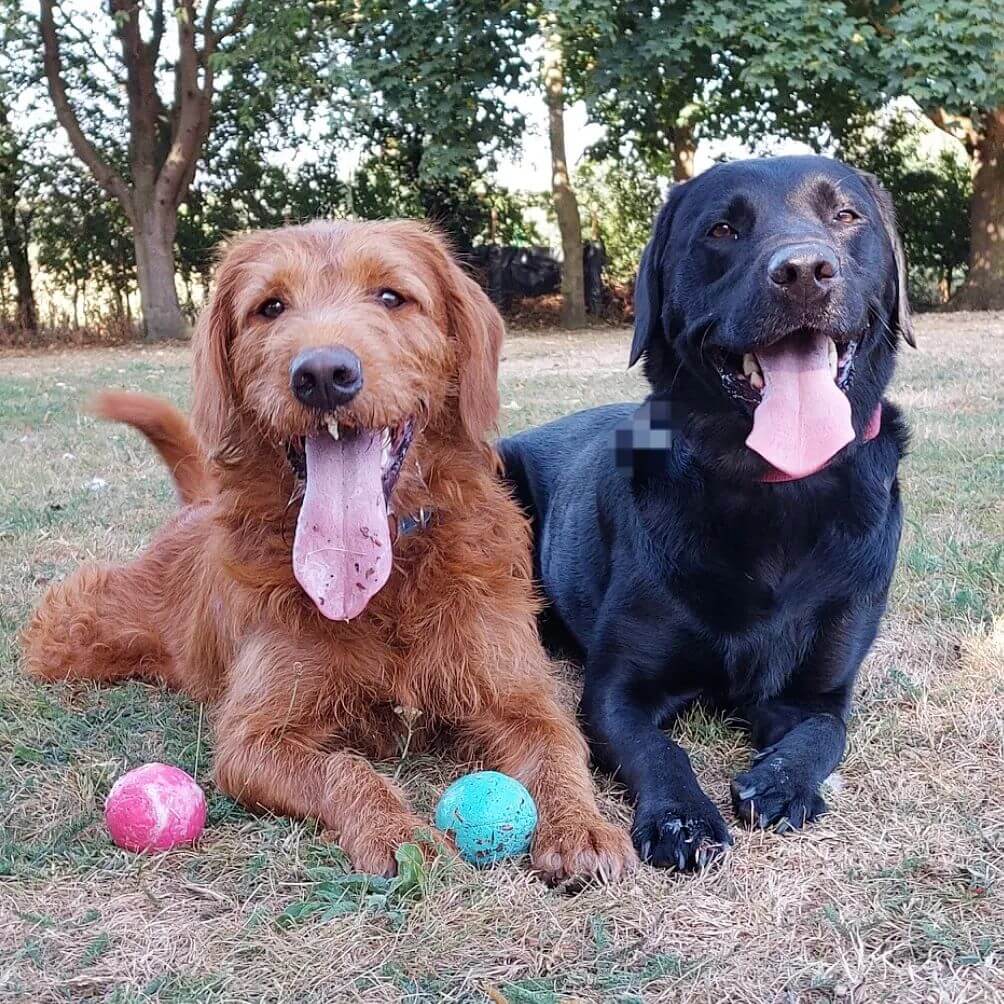As a pet owner, you want your furry friend to be well-behaved and obedient. Basic training is a crucial aspect of dog ownership, as it helps establish a strong bond between you and your dog and ensures that your dog behaves appropriately in various situations. Here is a comprehensive guide to help you get started with basic training for your dog.

#1 – Start with Simple Commands
Start with simple commands like “sit,” “stay,” “come,” and “heel.” Choose one command to focus on at a time, and work on it until your dog has mastered it before moving on to the next command. Keep training sessions short and sweet, typically no more than 10-15 minutes at a time.
#2 – Use Positive Reinforcement
Reinforce good behavior by using treats, praise, or toys as rewards. This will help motivate your dog to perform the desired behavior. Always be consistent with your commands and rewards, and avoid using physical force or punishment when training your dog.
#3 – Practice in Different Environments
Once your dog has mastered a command in one environment, start practicing it in different environments to ensure they understand the command in all situations. This will help your dog learn to respond to your commands no matter where you are.
#4 – Gradually Increase Difficulty
As your dog becomes more skilled at performing a particular behavior, gradually increase the difficulty of the task to keep them challenged. This will help maintain their interest in training and keep them from becoming bored.
#5 – End on a Positive Note
End each training session on a positive note by allowing your dog to play or receive a reward for their good behavior. This will help your dog associate training sessions with positive experiences.

In conclusion, basic training is an important aspect of dog ownership, and it is never too late to start. By following these tips and being consistent with your training, you can help your dog become a well-behaved and obedient companion. And, as always, if you have any questions or concerns about your dog’s training, consult a professional dog trainer or your veterinarian.
